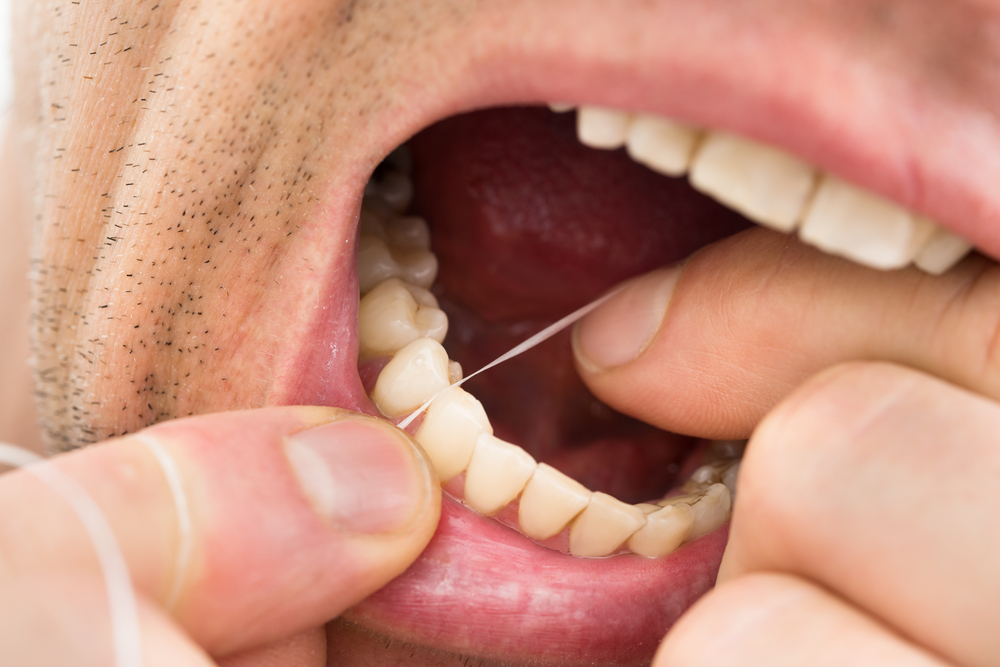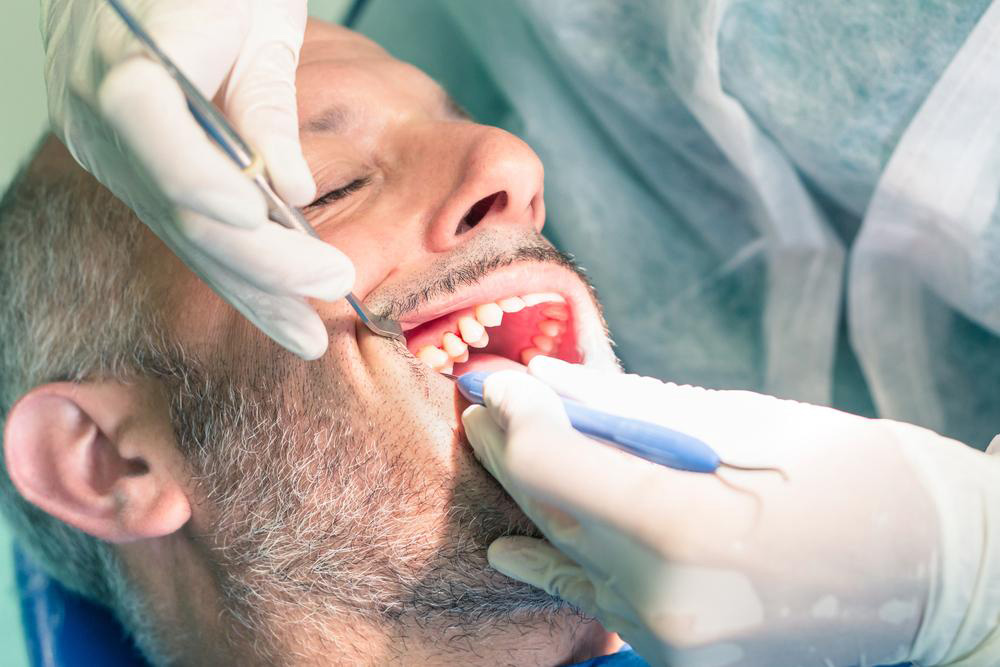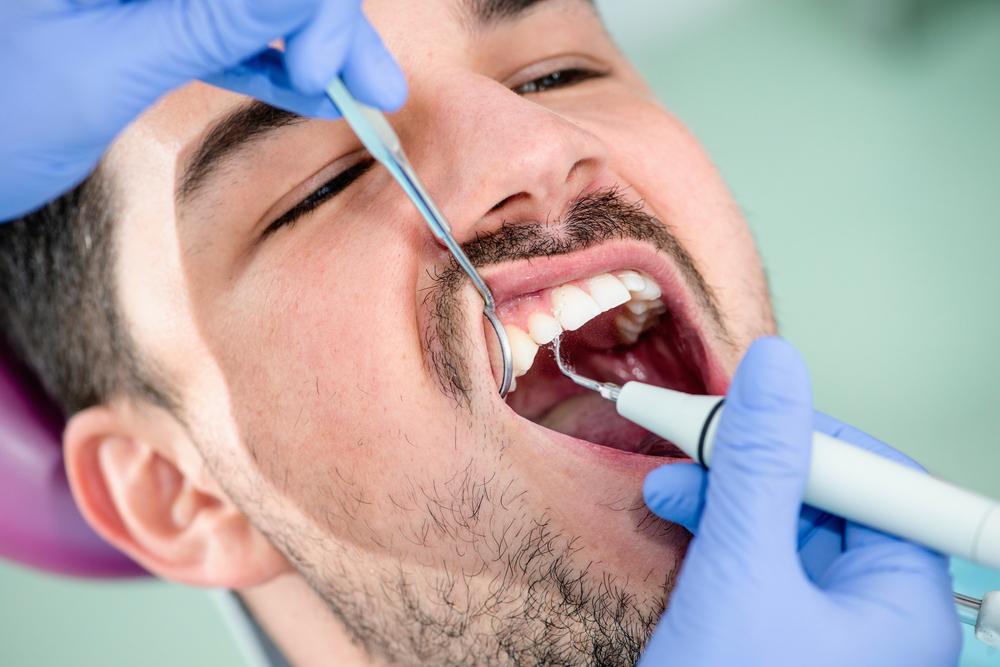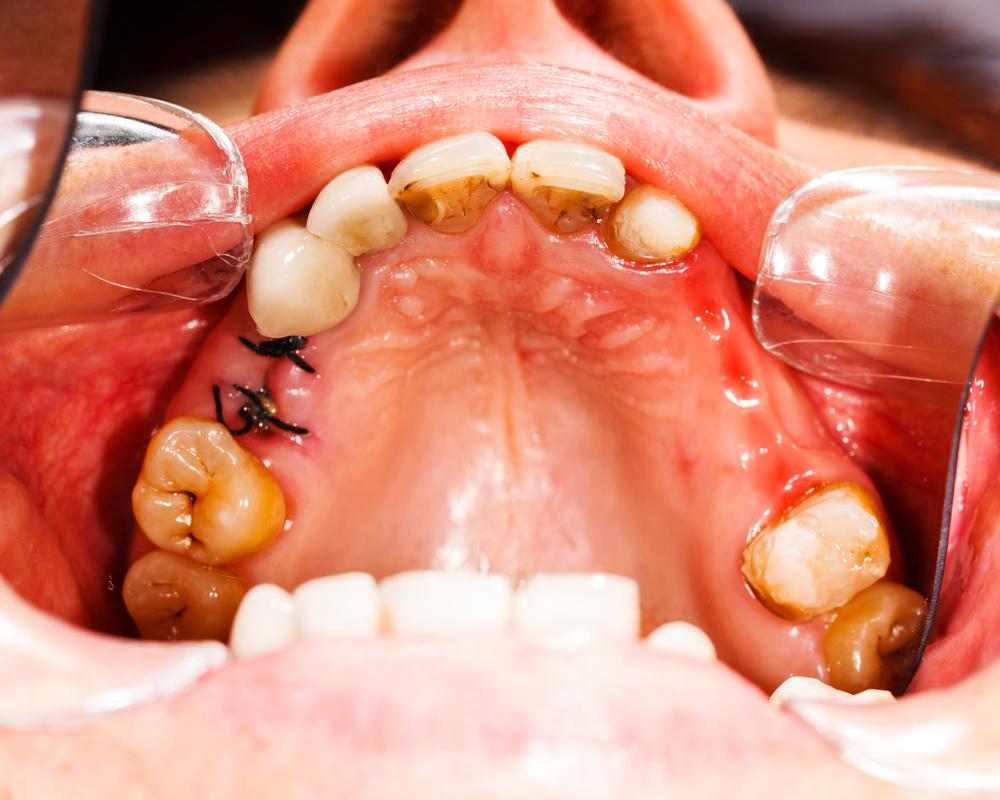Comprehensive Guide to Dental Plaque: Causes, Prevention, and Effective Oral Hygiene Strategies
This comprehensive guide explores the causes of dental plaque, its implications for oral health, and effective prevention and removal strategies. Regular brushing, flossing, dietary control, and professional cleanings are key to maintaining healthy teeth and gums, preventing tartar buildup, cavities, and gum disease. Understanding plaque formation and adopting disciplined oral hygiene practices can significantly enhance your dental health and prevent costly dental issues over time.

Understanding Dental Plaque: Causes, Risks, and Prevention Methods
Dental plaque is a pervasive and sticky film that constantly forms on our teeth, composed mainly of bacteria, food particles, and organic substances. While it is a natural occurrence, its unchecked accumulation can lead to a host of oral health issues, including cavities, gum inflammation, and periodontal diseases. Maintaining a thorough understanding of how plaque develops and adopting effective preventative measures are essential for sustaining healthy teeth and gums over the long term.
What Is Dental Plaque and Why Does It Form?
The human mouth is a complex environment teeming with various types of bacteria, many of which are harmless or beneficial, but some are pathogenic. These bacteria tend to settle on the surface of teeth, especially near the gums, where they form colonies known as dental plaque. The formation of plaque begins shortly after cleaning or oral hygiene practices are performed. When you consume carbohydrate-rich foods, such as sweets, bread, or starchy snacks, the bacteria in the mouth use these sugars as fuel, producing acids as metabolic byproducts. These acids demineralize the enamel and contribute to the formation of plaque. Over time, if the plaque is not adequately removed, it mineralizes and turns into tartar, a hard deposit that adheres tightly to the teeth and gums.
Individuals often notice plaque during routine dental checkups or when experiencing symptoms such as bad breath, gum bleeding, or tooth sensitivity. The early stages of plaque accumulation are usually invisible and painless, which is why consistent oral hygiene is vital for prevention. A buildup of plaque can lead to tartar formation, which not only appears as yellow or brown deposits along the gumline but also makes it more difficult to clean the teeth effectively and increases the risk of periodontal disease.
Effective Strategies to Prevent and Remove Dental Plaque
Although completely eradicating plaque is impossible due to its continual formation, implementing disciplined oral health habits can significantly reduce its accumulation and safeguard your dental health. Here are some proven methods:
Brushing twice daily using fluoridated toothpaste, ensuring that all surfaces of the teeth are adequately cleaned.
Flossing daily to remove food debris and bacterial plaque from between teeth and along the gum line where a toothbrush cannot reach.
Limiting intake of sugary, starchy foods and drinks that serve as nutrients for bacteria, thereby decreasing plaque formation.
Stimulating saliva flow by chewing sugar-free gum after meals, as saliva naturally helps wash away food particles and neutralize acids.
Rinsing the mouth with water after meals to dilute acids and debris, reducing the likelihood of plaque buildup.
Using antibacterial mouthwash to reduce bacterial load in the mouth effectively.
Scheduling regular dental checkups every six months, during which professional cleaning removes tartar and identifies early signs of periodontal issues.
It is important to recognize that plaque originates from bacteria deep within the mouth and can be invisible to the naked eye until it causes noticeable irritation or damage. When plaque hardens, it forms tartar, which appears as yellow or brown deposits near the gumline, predominantly on lower front teeth. If tartar is left untreated, it can lead to gum inflammation, bleeding, and eventual periodontal disease, emphasizing the importance of diligent oral hygiene and regular dental visits.





